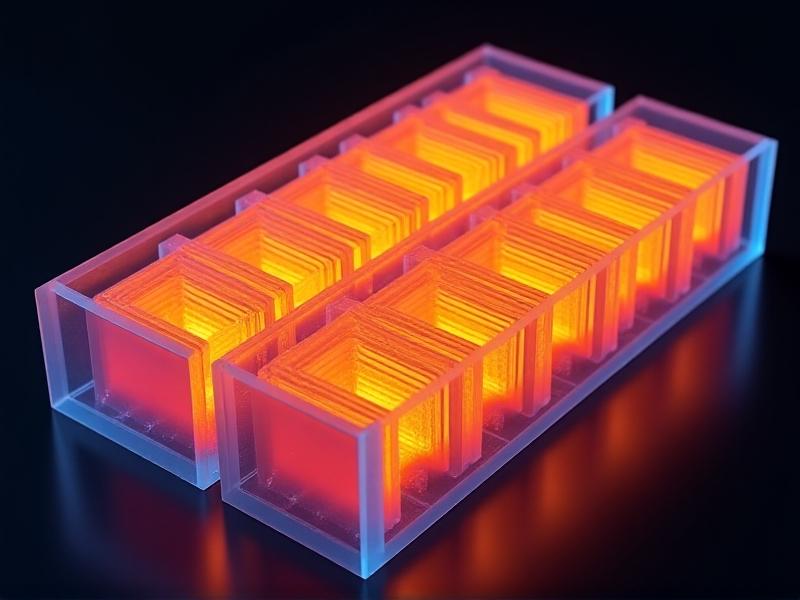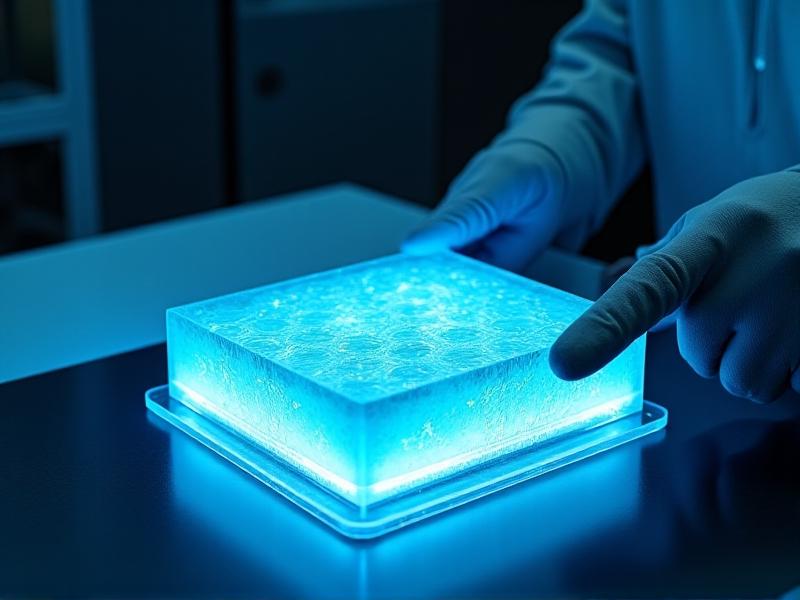Lithium Battery Winter Performance Tests
The Impact of Cold Temperatures on Lithium Battery Efficiency
Lithium batteries power everything from smartphones to electric vehicles, but their performance often plummets in winter. At low temperatures, electrochemical reactions within the battery slow down, increasing internal resistance and reducing usable capacity. For example, a lithium-ion battery rated for 100% capacity at 25°C might deliver only 50-70% at -20°C. This decline isn’t just an inconvenience—it’s a critical hurdle for industries reliant on consistent energy storage, such as renewable energy systems and electric transportation.
Understanding the Science Behind Winter Performance Drops
Cold weather alters the physical properties of a battery’s electrolyte, a liquid or gel that facilitates ion movement between electrodes. As temperatures drop, the electrolyte becomes more viscous, slowing ion transport. Simultaneously, lithium ions may form metallic lithium deposits (plating) on the anode during charging, permanently reducing capacity. These effects compound at higher discharge rates, making high-power applications like EV acceleration particularly vulnerable in winter.
Standardized Testing Methods for Winter Conditions
Manufacturers use climate chambers to simulate winter environments during battery testing. Key parameters include:
- Discharge capacity at temperatures from -30°C to 0°C
- Charge acceptance during cold-soak conditions
- Cycle life degradation when operating in thermal extremes
Tests follow standards like IEC 61960, which specifies voltage and capacity measurements across temperature ranges. Real-world simulations might involve placing batteries in vehicles overnight in Arctic conditions before testing morning startup performance.

Comparing Battery Chemistries in Freezing Environments
Not all lithium batteries suffer equally in cold weather. Lithium Iron Phosphate (LFP) cells maintain better low-temperature performance than Nickel Manganese Cobalt (NMC) variants due to their stable chemical structure. However, LFP’s lower energy density remains a trade-off. Emerging alternatives like lithium-titanate (LTO) batteries showcase exceptional cold tolerance, with some retaining over 80% capacity at -30°C, albeit at higher production costs.
Innovative Solutions for Winter Performance Enhancement
Modern battery systems employ creative strategies to combat cold:
- Self-heating circuits using battery power to warm cells before operation
- Phase-change materials in battery packs that store/release heat
- Adaptive charging algorithms that prevent lithium plating
Tesla’s recent patent for a "skin-heating" battery pack uses flexible heating elements between cells, maintaining optimal temperatures with minimal energy drain. These solutions add complexity but significantly improve winter reliability.

Practical Tips for Users in Cold Climates
For everyday battery users, simple practices can mitigate winter issues:
- Store devices in inner clothing layers when outdoors
- Avoid charging below 0°C unless using temperature-aware chargers
- Use insulated cases for power tools and outdoor electronics
EV owners should precondition battery packs while plugged in before driving. A 2023 study showed that preconditioning improves winter range by up to 30% compared to immediate cold starts.
The Future of Cold-Resistant Battery Technology
Researchers are redesigning batteries at molecular levels for better winter performance. Solid-state electrolytes promise faster ion conduction in cold, while silicon-doped anodes resist plating. A 2024 breakthrough from MIT demonstrated a -40°C-capable battery using anti-freeze electrolyte additives. As renewable energy storage expands into Arctic regions, these innovations will become crucial for year-round reliability.









